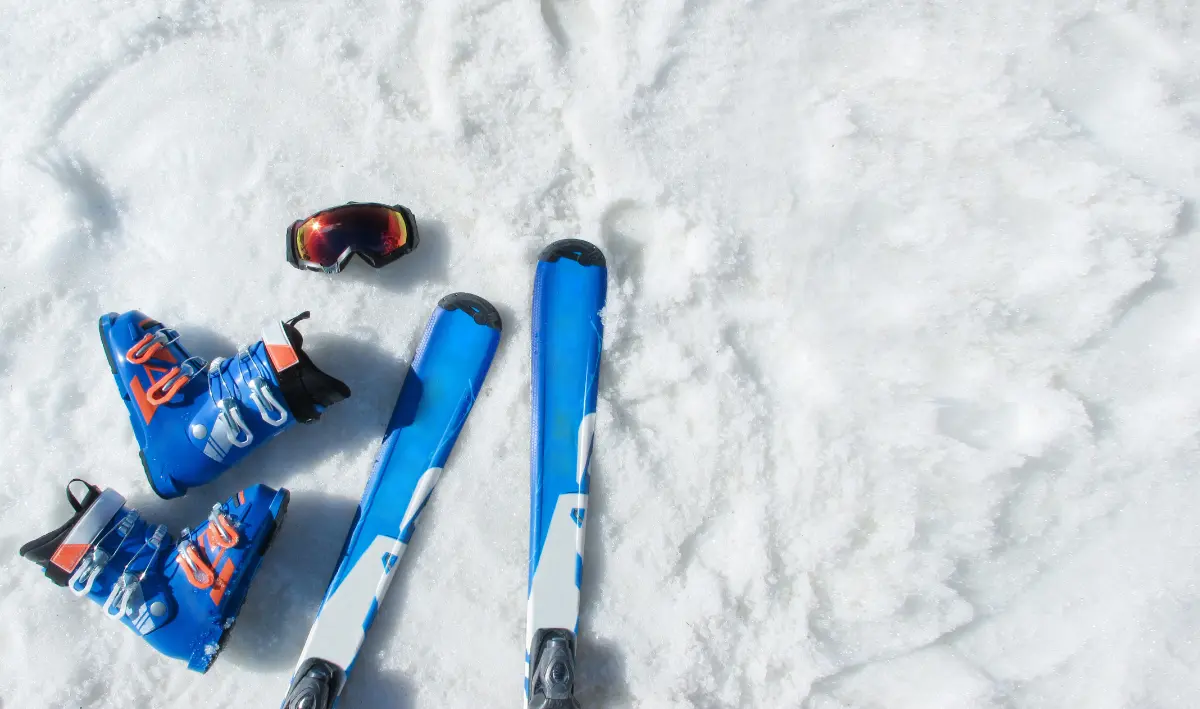You may be keeping up with the Gwyneth Paltrow skiing lawsuit for an incident that occurred in Park City, Utah in 2016. While this case is getting significant publicity, it has also brought to the forefront important issues with bringing a personal injury claim after a skiing incident. Because skiing is such a popular wintertime sport in New Hampshire, it is important to stay informed about the law and potential pitfalls in bringing skiing injury claims.
Let’s begin the discussion with the Paltrow lawsuit itself. Briefly, Terry Sanderson, a former optometrist, brought this lawsuit claiming that Paltrow was negligently skiing, crashing into him and causing four broken ribs and brain damage, in 2016. Paltrow denied this and countersued, arguing instead that Sanderson crashed into her, and that the collision was relatively minor. It is worth noting that the parties’ homeowner’s insurance policies will likely apply and pay any damages awarded under either suit.
Legally, this claim hinged on one major point: what is the duty that uphill skiers owe to downhill skiers? Generally, the downhill skier has the right of way, and the uphill skier must yield to the downhill skier. This is because the uphill skier can see the downhill skier and therefore must take care to avoid any potential collisions. Naturally, the uphill skier is in the best position to avoid the collision. Both parties agreed on this point, and so the case has largely focused on which party was uphill from the other.
In arguing which party was uphill from the other, each side hired an expert to testify about body mechanics and physics, offering opinions about who caused the crash based on how the parties fell. As with many injury claims, the expert testimony was pivotal in the case. Experts are witnesses with special qualifications who are permitted to testify about complex issues which ordinary jurors may not understand. Issues such as whether a collision could have occurred according to each party’s version of events is a classic expert witness issue. Knowing what kind of expert a case needs is one of the most important services a personal injury attorney adds to make a claim more successful.
Finally, a major issue in this case surrounded a video of the incident, which was lost. According to an email exchange between Sanderson and one of his daughters, Sanderson was wearing a GoPro camera at the time of the collision. When asked about the video from this camera, Sanderson claims to be unable to find the video. This created a potential spoliation issue. For further reading about spoliation, please click this link to an earlier blog post on this issue. Needless to say, the video of this incident would have been a crucial piece of evidence had it been found. The loss or destruction of this video may even result in a negative jury instruction on this piece of evidence. A negative jury instruction would mean that the judge tells the jury to assume that the video showed the worst thing possible for Sanderson. Presumably, this would mean that the jury is told to assume that the video showed that Sanderson caused the collision.
While the case garnered national attention for some of the testimony of the parties, it is important to understand the nature of the law at play in personal injury actions. The experienced lawyers at Parnell, Michels & McKay can assist in any injury claim you need help on. Contact us today if you were injured due to no fault of your own.
We have 2 office locations: 25 Nashua Rd., Suite C5, Londonderry, NH 03053. Phone number is (603) 434-6331. Our 2nd office is at 137 Main St., P.O Box 669, N. Woodstock, NH 03262. Phone number is (603) 745-8600.
